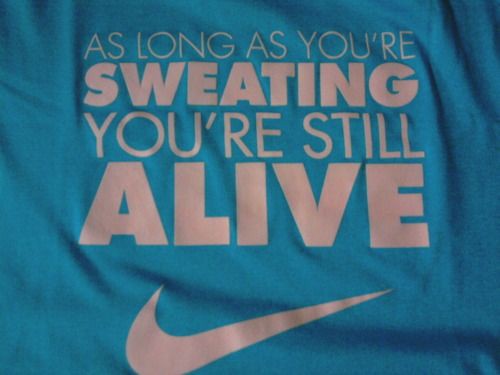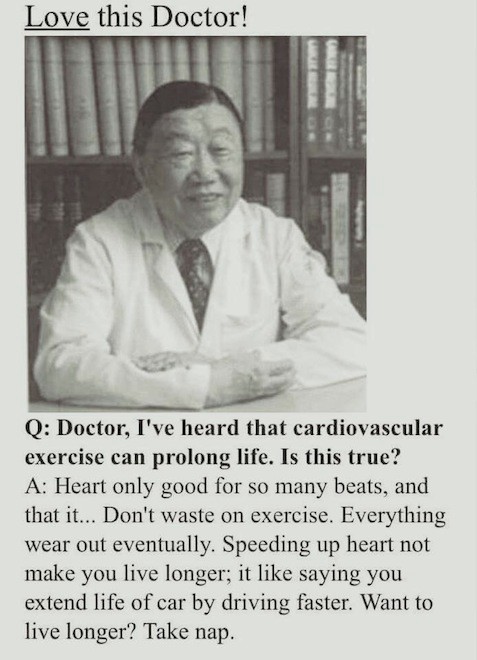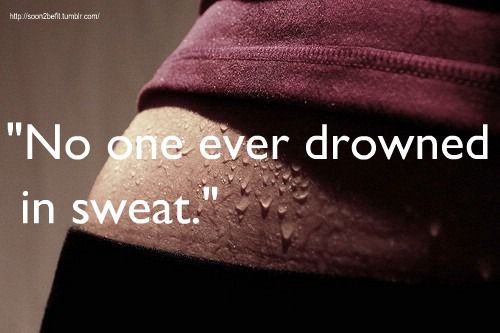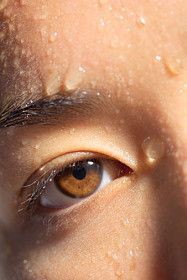Sweating in Yoga
According to yoga texts it is contraindicated to perspire excessively. They go as far as saying to stay out of the sun and avoid being near fire when practicing. The understanding is that it leads to a loss of energy and vitality known as Ojas. If sweating does occur, they do not recommend showering after practice rather rub it immediately back into the skin to preserve the effort made.
Sadhus practice before sunrise and all day long cover themselves in ash to protect from overheating. Martial artists in Southern India are known to take the hottest part of the summer season off. The rest of the year they practice indoors and underground to keep things cool.
Ayurveda treats patients in steam boxes just until a glistened layer of moisture appears, usually no more than 10–15 minutes at a time, while covering the head for protection. Once a patient is made to sweat they are then replenished with oils and rejuvenative tonics to restore any loss of vitality.
Chinese medicine even considers over-sweating to be dangerous as we can see in Zhang Zhongjing’s writings:
“If the patient sweats like dripping water, he will never recover.”
How then did we come to the conclusion that confining dozens, sometimes hundreds of people in a sealed off room of temperatures over 100 degrees and making them do an hour and a half of demanding physical exercise is Yoga? Where did we obtain our present understanding of how the body and the elements operate? The 5 elements of Space, Air, Fire, Water and Earth don’t change their nature or evolve their attributes. Only humans waver from one idea to the next.

Westerners have chosen to take a contradictory stance in that the more you sweat, the better the workout. We are told to see it as a detox and are not warned of its depleting qualities. We are enticed by the warmth and convinced that the heated conditions make us more limber, but this is a false sense of flexibility, a temporary crutch. The heat may even loosen some up too much causing irreparable damage to overstretched ligaments. When cooled off the body contracts and will need that induced heat fix to be mobile again. Kind of like being addicted to lip balm for moisturizing our lips while knowing in reality it dries them out.
Heat always rises, fire is used to cook and destroy. Overheating goes straight to the head and brain cells and is why you can recognize the students who just came out of the hot yoga classes, their faces are fire engine red.

Loss of so much moisture leads to drying out, an attribute of old age. One just needs to look at professional athletes, especially those that perform under sunny conditions such as tennis players or runners, to see the leather-like quality of their skin and signs of the advanced aging process. They could be in their 20s but look more like 40.
The Chinese text Huang Di Nei Jing (Yellow Emperor’s Classic of internal medicine) writes:
“A person who has lost large quantities of blood does not sweat anymore, and the one that has lost large quantities of sweat does not have any blood anymore.”
It is not uncommon for female athletes, professional dancers, hardcore yoga practitioners and even meditators to stop menstruating due to excessive training and loss of vitality. This is a problem that will present itself more clearly later on in the woman’s life.
Simple practical observations show us that when the body is sick it attempts to rid itself of the culprit. It purges through fever, diarrhea or sweat. The body is removing from the inside what it does not want to keep, it brings it to the surface and drains the system to protect itself. A recuperation period is then necessary. If we are sick, this makes sense. But what if we are not sick? Does it make any sense to drain ourselves willingly on a daily basis?

How do you feel in the hottest dog days of summer? You most likely run to the beach to cool off, get in the shade or stay indoors and crank up the A/C. What do hot countries do when it’s scorching outside? Siesta. In August in Montreal, you can usually find me lying flat out on the couch or floor, not moving a muscle to ensure preserving any energy I have left. It’s not something I think about, it’s something the body does to survive.
To replenish the loss of moisture we are told to rehydrate, consume an abundant amount of fluids to get water and electrolytes back into the system. This however just puts strain on the kidneys, overloading the bladder and urinary system in one shot. It also puts out Agni, the fire that ignites all transformative processes in the body. Agni is Life, Yang is Life. What puts out Fire? You guessed it, large doses of Water. Why would you put so much effort into a hard workout to build your Agni and then douse it with water defeating the whole practice?
The body is always seeking to maintain a sense of equilibrium. A certain ‘body temperature’ is required. If we impose a surplus of heat into the organism, it will return the favour by cooling down the insides. The body goes COLD in order to balance out the heat imposed on it. When the blood is overheated, we get weak, lose our juice (mojo), have bad skin reactions and bad body odour, among other side-effects. Misunderstood, these symptoms can be marketed as detoxification processes while depleting and harming the student in the long run.
Yoga texts even suggest to not change the body’s or environmental temperature for at least an hour after practice. Meaning, we obtained a certain internal heat naturally through our efforts and we don’t want to alter it immediately by showering, eating, drinking or going outside.
When we sweat our pores are wide open, this is useful when we want to rid the body of something, an exit is required. However, open pores are also an invitation for something else to enter. We become susceptible to the penetration of ‘Wind’ known as the root of 100 diseases in both Chinese Medicine and Ayurveda alike. People who are hot rarely close their coats or bundle up with hat and scarves. Those just finishing a sweaty exercise regime, in any season, are especially vulnerable to exposure of Wind and future disease.

What does it mean when a person sweats without an artificial heat source? Like clammy hands or sweaty feet, or those that sweat just getting out of bed. There could be so many reasons; an underlying condition of excessive dampness, mental anguish, hormonal imbalance, autonomic nervous system dysfunction, mental imposition of movement, blockage in the water channels, lymphatic drainage issues, menopause, trapped heat that can’t travel properly through the body’s corridors, and many more that require a qualified doctor to determine cause. Either way, it is the body’s way of telling us that heat, therefore our life, is being lost.
Overheating makes us physically spread out, meaning heat/life is leaving us through the limbs out the surface of the body. When we are cold we tend to curl up to preserve this heat/life and guide it into our core. Cold can kill so we always need to maintain that certain body temperature. Sweating is draining, outward moving, releasing, dispersing and moves vitality away from the core, meaning IT IS REMOVING YOUR HEAT. We need heat to survive. Why would we go and lose it intentionally?
Yoga is about cultivating internal heat through natural methods of self-control. Overexertion is seen as a barrier to success in Yoga. The Yogi wants to expend the least amount of energy so as to preserve the life force. Sweating is an act of moving away from centre. Yoga is the way back in.
Radhasri (Rhonda Fogel) has been teaching yoga in Canada since 1998 and is the founder of Hatha Yoga Shala currently based in Montreal. She is an authorized Shadow Yoga teacher since 2005.
